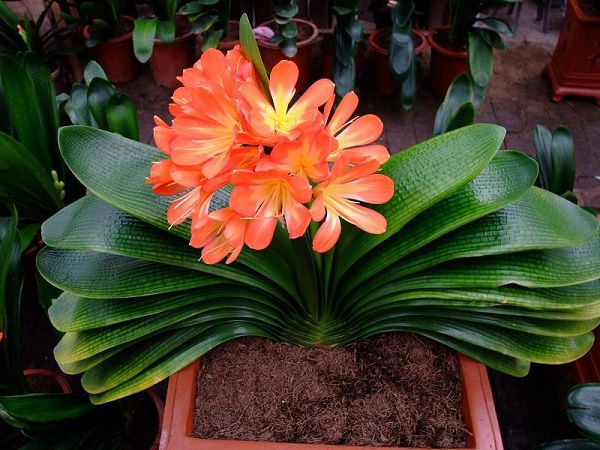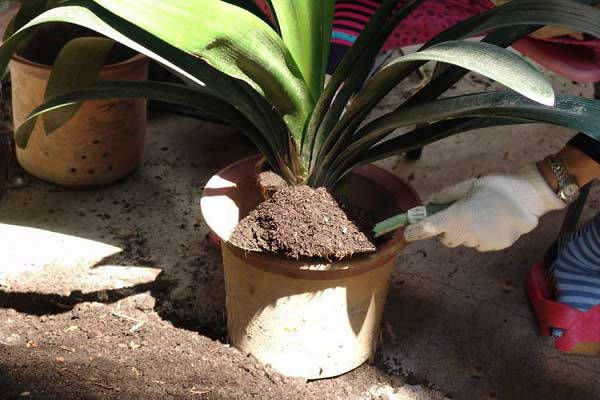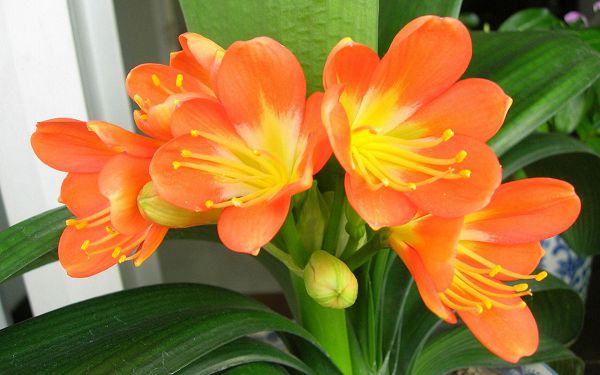Collection of reasons for yellowing of Cymbidium leaves

Gentleman orchid is the ornamental plant that people like to cultivate indoors, it belongs to perennial herb, this kind of plant has high ornamental value with green leaves and bright flowers, and it can not only beautify the environment but also purify the air when placed indoors. But many people in the breeding of orchids, there will be yellow leaves, then what should be done? What causes the leaves of the magnolia to turn yellow?
1. The small leaves in the middle of the orchid are black and rotten
If this happens to the potted orchid at home, we can break open the two leaves of the orchid and look at it. If the gap between the leaves blackens and fester juice flows out. It is very likely that the flower and arrow of the magnolia is rotten. We take some toilet paper to clean up the juice, clean up some dirty things, usually keep the environment relatively dry, gentleman orchid usually, the little sister suggested that we had better use the basin watering method.
2. All the leaves turn yellow
If the leaves of the orchid turn yellow, it is often a symptom of sun fever, that is, too much sunshine. At this time, we have to move the orchid to a more shady place for maintenance and cut off all the yellow leaves at the same time.
3. The leaves are withered and yellow and drooping
If the leaves are withered or sagging, it is usually caused by lack of water. It should be watered immediately and thoroughly. The best way to water a gentleman's orchid is not to dry, but to water thoroughly.
4. Wrinkled leaves and long spots
Long spots are usually caused by root burning caused by excessive fertilization. At this time, we should immediately change the soil for the potted orchid, soak the roots of the orchid with 0.1% potassium permanganate aqueous solution for 30 minutes, then rinse with clean water to dry, and then cut off all the rotten roots of the orchid, which must be cut clean to prevent secondary infection. After cutting, coat the wound with plant ash, and then replant it in the new pot soil.
5. The leaves are grayish yellow
If the orchid is placed in a place with strong direct sunlight for maintenance, it will cause the leaves of the orchid to be grayish yellow, and the orchid can not be exposed to the sun, and proper shade must be given when the sun is too strong.
The key points of the conservation of Magnolia:
1. The root of Cymbidium belongs to fleshy root, which is suitable for growing in loose, fertile and breathable soil.
2. Magnolia grows fastest in winter, so it is important to apply winter fertilizer well. Before the flowerpot enters the house, use bone meal, fried sesame seeds, cooked soybeans, etc., or compound fertilizer, water every 15 to 20 days, remember to fertilizer must be mature and light fertilizer, to prevent thick fertilizer.
3. Cymbidium is a fleshy root, so you can't water too much. If you water too much, it's easy to rot the root. We can combine fertilization with watering to keep the basin soil moist. Gentleman orchid watering should remember: do not dry do not water, water will be thoroughly.
4. The most suitable temperature for the growth of Cymbidium is 15 ℃ to 25 ℃. When it is 10 ℃, the orchid will stop growing, and the difference in temperature will also cause the orchid not to blossom, so it is best to move the orchid indoors for maintenance when the weather is cooler.
- Prev

If you want the magnolia to open on time in spring, these fertilizers should be paid attention to.
If you want the magnolia to open on time in spring, these fertilizers should be paid attention to.
- Next

How to water the magnolia in different seasons
How to water the magnolia in different seasons
Related
- Is the orchid suitable for indoor use? Is it good for the body?
- How to prevent the empty root of orchids?
- What to do after the crab claw orchid is withered?
- Why are the leaves of orchids always yellow? Fertilizing and watering.
- Can the root of the gentleman orchid be saved if it is rotten?
- Diagnosis and treatment of cotton-blowing beetle insects in Cymbidium
- There is a way for a gentleman's orchid to rot.
- What is the most suitable temperature and humidity for the orchid?
- How to raise a gentleman's orchid? Cultivation techniques of Cymbidium
- How to prepare the nutritive soil for the cultivation of Cymbidium

